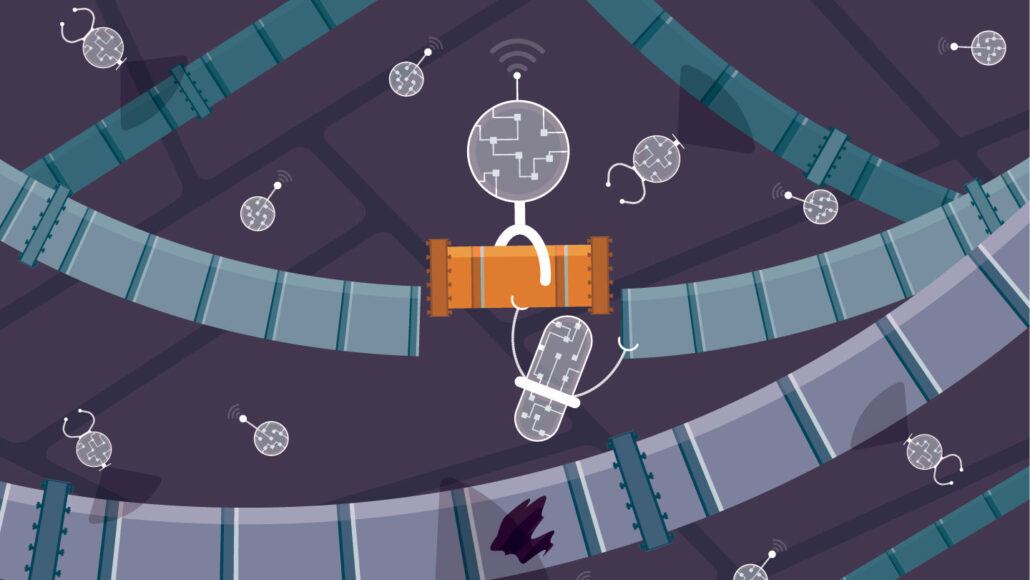
Tech
Synthetic biology aims to tackle disease and give cells superpowers
DNA machines and protein-mimicking nanotech could replace broken machinery in cells or even lead to made-from-scratch synthetic life.
Come explore with us!

DNA machines and protein-mimicking nanotech could replace broken machinery in cells or even lead to made-from-scratch synthetic life.
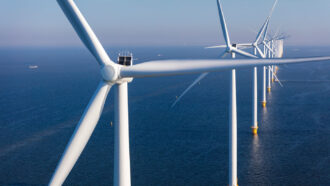
Offshore wind farms cost more than onshore ones. But their ability to make ‘green’ hydrogen and capture carbon dioxide could help this wind power pay off.
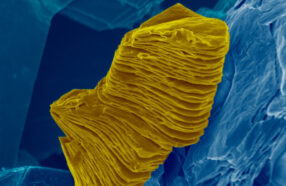
To slow global warming, we’ll need help from CO2-trapping materials. Enter MXenes. They’re strong and reactive — and they love to eat up CO2.

A new coating made from a renewable resource — water-loving nanoparticles made from wood — could keep glass surfaces fog-free.
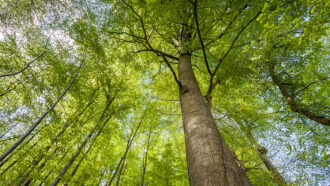
This cellulose and lignin, two major building blocks of trees, could lead to greener electronics.

Engineers have found a material that can collect carbon dioxide from the air. When later mixed with water, it forms baking soda that can be shed in the sea.

The salty gel absorbs more water from the air than similar gels, even in desert climates. This could provide clean water for drinking or farming.
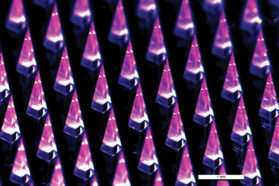
A new compact 3-D printer can produce COVID-19 vaccine patches. These are less painful than the jab and can be stored more easily than liquid vaccines.
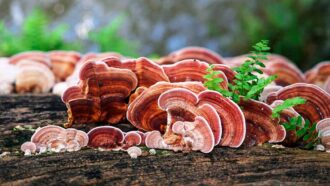
If made under gentle conditions, leather formed from the “roots” of mushrooms can retain the ability to regrow and repair minor damage.

To store the energy generated by wind and solar power, researchers are looking at mammoth systems that raise and lower weights.